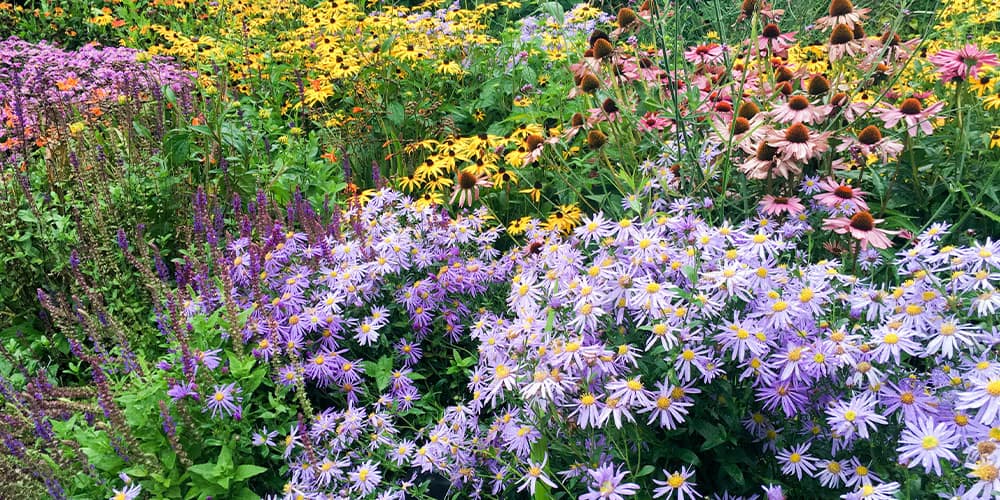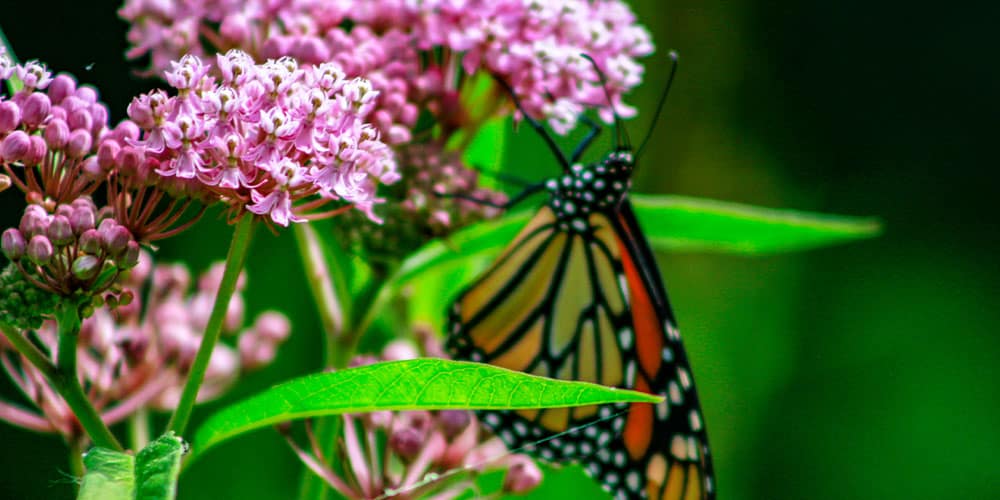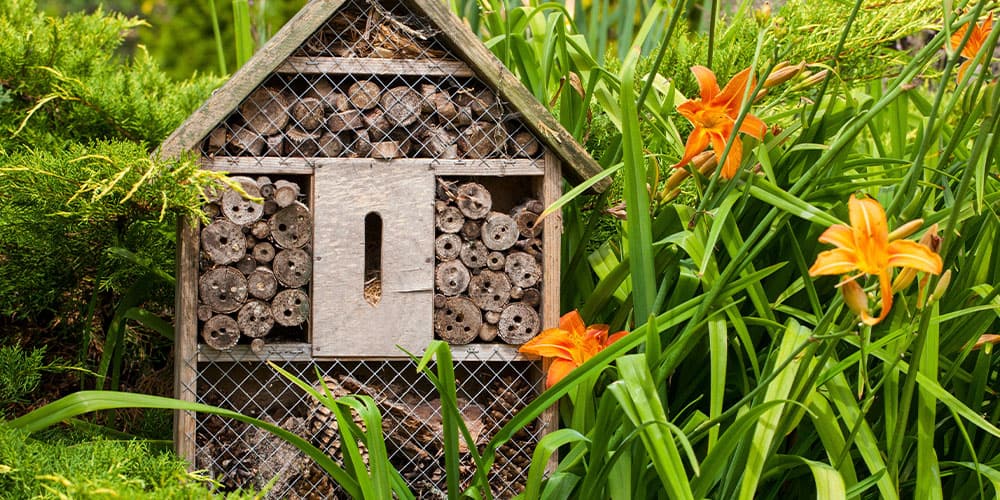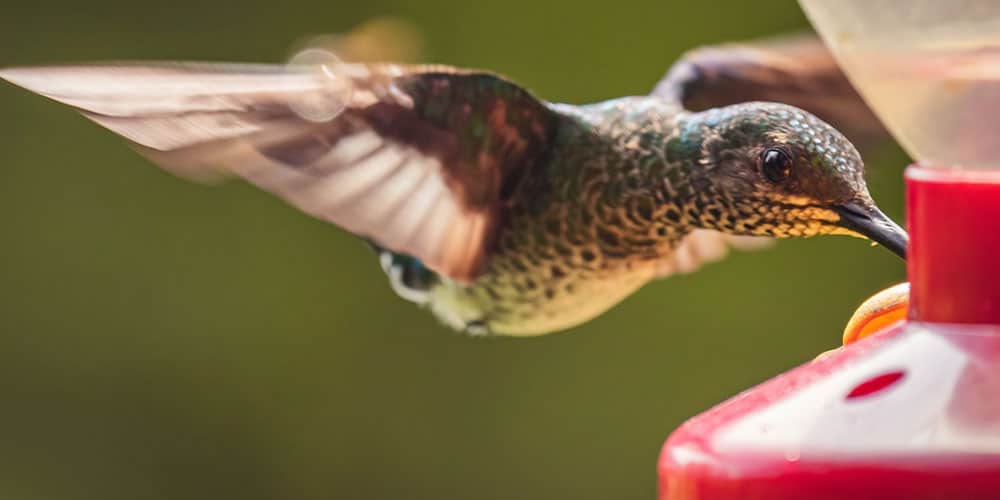New Hampshire is in full bloom, and your garden is about to enter a busy period of growth, pollination, and flowering! However, this entire process would be obsolete without the helpful role that earth’s pollinators play in pollinating your garden. In a time where pollinator populations are consistently declining, there is no better time than right now to take action and give them an ecosystem in which they can thrive! You will learn about pollinator gardens, how they can support your local ecosystem, and how you can create the perfect landscape to attract them better. We are buzzing to help!
Pollinator Gardens: What Are They?
To build a successful pollinator garden, you’ll first need to understand its benefits for both you and your pollinators! A pollinator garden comprises hardscapes, plants, and water features designed to attract bees and other helpful creatures like birds and butterflies into your home garden. These design elements work together to build a landscaping environment both natural and native to the New Hampshire area so that pollinators can set up shop in your garden and get busy.
To build an effective pollinator garden, you will need to supply easily accessible water sources, shelter spaces, and plants that they recognize. Hosting beneficial insects around will also greatly aid in the process of housewarming your garden for pollinators to keep those harmful ones out!
 Native Plants For New Hampshire’s Pollinators
Native Plants For New Hampshire’s Pollinators
Having native plants in your garden adds beauty and wildlife habitats, especially for pollinators. Pollinators have evolved with native perennials and have adapted to the local growing season, climate, and soils. Most pollinators feed on specific plant species, so you’ll want to select the best ones for bees in the New Hampshire area. Non-native plants may not provide pollinators with enough nectar or pollen or may be inedible to butterfly or moth caterpillars. Here are some native plants to consider adding to your landscape:
- Asclepias incarnata (Swamp Milkweed)
- Aster novae-angliae (New England Asters)
- Ceanothus americanus (New Jersey Tea)
- Cephalanthus occidentalis (Button Bush)
- Cirsium discolor (Field Thistle)
- Eupatorium perfoliatum (Common Boneset)
- Gentiana clausa (Bottle Gentian)
 Decorating Your Pollinator Landscape
Decorating Your Pollinator Landscape
These elements will keep your backyard the most attractive spot on the block for pollinators to hang out:
- Water Source: Something as small as a birdbath will ensure that pollinators won’t need to leave the yard to find water.
- Homes for Birds and Bees: Constructing a bee hotel or birdhouse is an excellent way to entice long-term residents in your home garden, as they will have a place to hatch their young!
- Shelter from Wind: Wind can frighten or even make pollinators aggressive, so shelter from the elements will nudge them to seek shelter when it’s windy outside. Finding shelter nearby means they won’t have to go far and find their way back later.
- Large Areas of Native Plants: Designing your landscape with large areas of various native plants will provide your pollinators with plenty of space to get to work and pollinate your garden. Consider planting New Hampshire native trees, shrubs, wildflowers, grasses, and perennials so you can attract all types of pollinators.
 How Professionals Can Help
How Professionals Can Help
Creating a pollinator landscape will benefit your garden’s ecosystem for years to come, which is why you’ll want to ensure that you do so in the most effective way. You may wish to set up your pollinator garden in the corner of your backyard or build your entire garden design around pollinators.
Regardless of which design option you choose, we’d be happy to help you make it happen! We’ll help you get the work done and the rest up to the pollinators. Our garden experts are well-versed in New Hampshire native plants and the proper design elements; the pollinators never want to leave!
Call or visit us at Stephens Landscaping Garden Center in Moultonborough, New Hampshire, today! Follow us on Facebook or Instagram for updates and featured products.



 Native Plants For New Hampshire’s Pollinators
Native Plants For New Hampshire’s Pollinators  Decorating Your Pollinator Landscape
Decorating Your Pollinator Landscape How Professionals Can Help
How Professionals Can Help